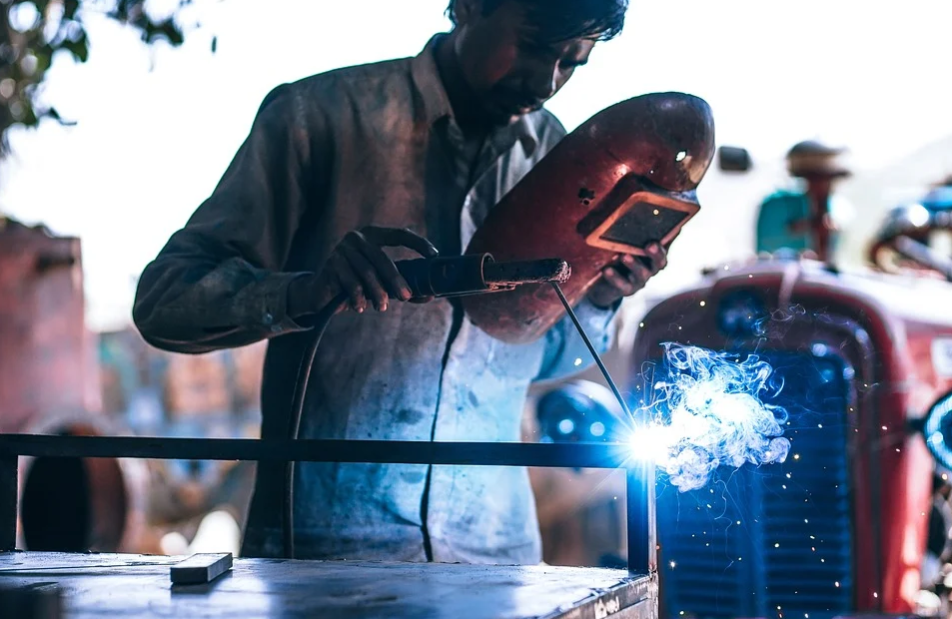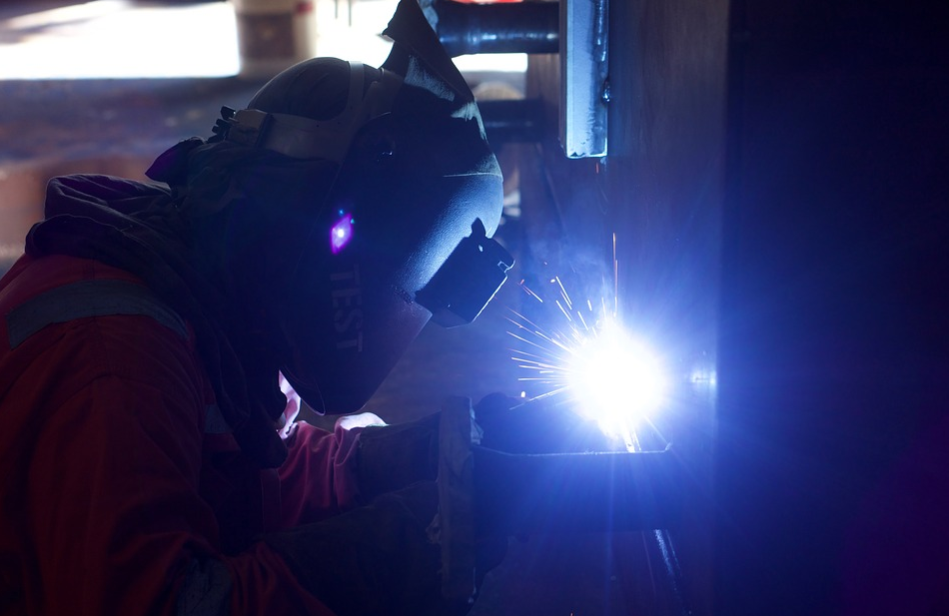Types of Gas Welding
With today’s technology, every task seems easier to get done. If you notice, even the oldies technology like walkie talkies still has its place among people. However, the coolest technology appears in welders’ hands as they mix fuel gas and oxygen to join different elements. It happens because the right proportion of those two gas mixed can create combustion for getting a fire. Such fire in a suitable fusion can melt a certain metal before using it to connect things.
Although the process seems complicated and dangerous, it is very flexible. Indeed, you have to follow the safety rules of welding when you want to weld metals and their alloys in almost all technologies typically used. Below is a brief description of the models known in gas welding process.

Oxy-Acetylene Welding
It is the best-known gas welding process used since 1903 when a welding flashlight was invented for this purpose. The percentage of gas determines the naturalness of this flame. The oxidizing flame has a higher oxygen rate than those in acetylene and can be used to weld the two manganese bronze, steel, and brass sheets. In contrast, the fuel flame has a higher percentage of acetylene inside and can be used to weld nickel, aluminum, and many others.
Utilizing filler material is usually common when it comes to gas welding. However, the process can still be applied correctly without filler material. Commercially, the oxyacetylene process is very popular for welding both non-ferrous and ferrous metals, especially for thin welding profiles up to 1 mm. A considerable part of the repair task can be done with oxyacetylene welding. Typical process applications include source welding on pipes and more multi-layer welds, lightweight structures such as air conditioning ducts, ventilation, and vehicle repairs.
Oxy-Acetylene Pressure Welding
In the common or non-pressurized oxyacetylene welding process, the pressure was no longer used to obtain a joint. In the small version of the normal operation, the mixed prices are heated with an oxyacetylene flashlight and delivered to a semi-solid or pasty state. Axial pressure is then used to obtain a joint of the type normally used for welding. The parts to be welded are not cast, so it is called a solid-state welding process, which can also be described as “hot welding” or “gas welding.”
An acetylene flashlight was developed with a heating head of this desired configuration to enclose the adjacent (or protruding) heating ends, heated to about 1200oC. In the heating cycle, the pressure increases to the desired length of these 2 bits. However, this process has limited use in the industry. It is convenient to use and obtain a single order due to the lack of uniformity and consistency of the process’s components.

